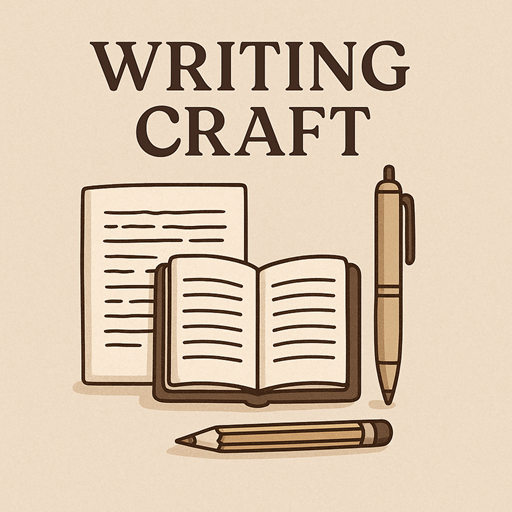I started my writing life as a proud pantser. Total discovery writer. I didn’t want to know what was going to happen in the story — that would have ruined the whole damn point. Writing was my way of finding out. The thrill was in the surprise, in chasing the glimmer of a moment or a line of dialogue into the unknown.
I’ve read enough stories (and devoured more craft books than I care to admit) to have a decent instinct for structure. I could stitch together a serviceable yarn, chapter by chapter, like a literary Frankenstein’s monster that somehow learned to dance. But the first drafts? They were wild, unpredictable, and full of holes.
It worked. Kind of.
But it also meant an exhausting revision process. Entire storylines had to be retrofitted. Character arcs were reverse-engineered. Themes, motifs, emotional resonance — all added later like spices to a soup I’d already cooked. It took a lot of passes to turn a rough, organic first draft into something rich and layered.
So I adapted. But not by turning into a plotter.
God no.
I didn’t start outlining every beat or mapping out acts like a tax auditor. I didn’t want to kill the fun. But I did want more depth and intentionality built in from the start. That’s when I found my new method — not pantsing, not plotting…
But gaming.
I Build My Stories Like Video Games
Here’s what I mean. I start by crafting a game worth playing. Not a rigid structure, but a playable world filled with juicy conflicts and characters on a collision course.
I don’t jump in blind anymore. I design:
- A great protagonist — layered, flawed, powerful.
- A great antagonist — not a cardboard cutout, but someone just as nuanced and driven.
- A central conflict between them that matters — existentially, thematically, emotionally.
- “Superpowers” — secrets, skills, emotional wounds, histories. The tools they’ll wield in the game.
- Key internal arcs — what they believe going in, and what the game might force them to learn.
It’s like laying out the board for an epic match. I know the players. I know their goals. I know the terrain and what’s at stake. But I don’t know who’s going to win. And I like it that way.
Once I hit “start,” I’m not writing so much as playing. Scene by scene, beat by beat, the characters surprise me — but the game still holds. Because the foundation is already built with purpose, everything that happens tends to echo with theme, build emotional stakes, and develop character arcs. The detail work supports the architecture.
Why It Works (At Least for Me)
This hybrid approach gives me what I’ve always wanted from pantsing — the thrill of discovery — with the depth and cohesion that plotting tries to deliver. Because the game has been designed with the right ingredients, the first draft feels alive, but also grounded. It reads organic, not chaotic.
I still revise, of course. But it’s less like rewriting the entire novel and more like tuning the mechanics: tightening character beats, sharpening resonance, making sure the themes fire cleanly from the structure already in place.
This isn’t a system I pulled from a book. It’s a method that evolved out of necessity — and a deep desire to write stories that felt both vibrant and intentional.
So if you’re stuck between plotting and pantsing — if you hate outlines but want more from your first drafts — maybe try this: Don’t write a story.
Build a game.
Then press start.


